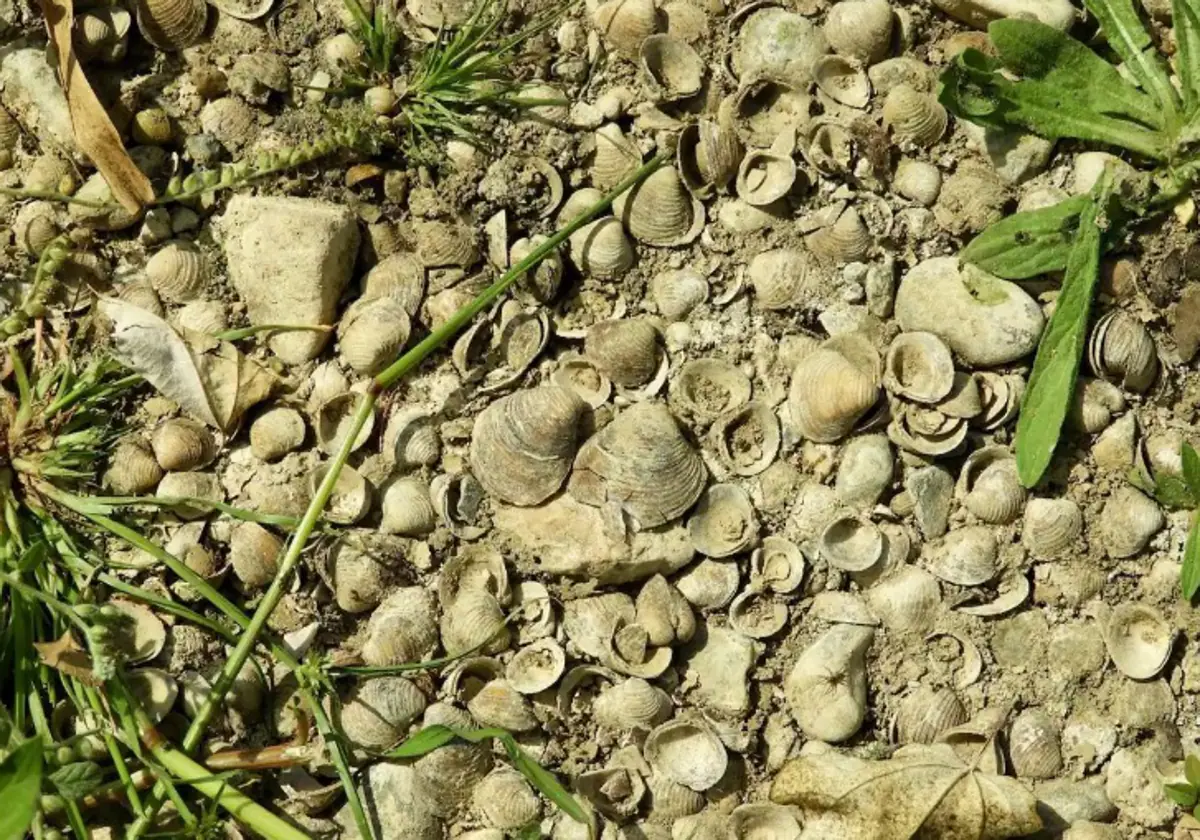Invasive Asian clam found by researchers in key Malaga province river
The freshwater mollusc is not edible and reproduces very quickly, threatening the local fauna and clogging water pipes and drainage channels
Ignacio Lillo
Malaga
Sunday, 10 December 2023, 21:08
A new invasive exotic species has settled in Malaga province in the Guadalhorce river, after appearing in other parts of the country where it is a serious problem. This is the Corbicle fluminea, an Asian freshwater clam that is listed as a potential threat.
Members of the Association for the Conservation of Fish and Southern Aquatic Ecosystems (ACPES) have located numerous specimens of these bivalves next to the Guadalhorce reservoirs, within them and throughout the course of the river to its mouth itself, in Malaga city, said Óscar Gavira, a biologist from the University of Malaga’s faculty of biology who is also a member of the environmental group.
“We have found many shells from this mollusc, which is so abundant that it is already a dominant species in the Guadalhorce,” Gavira said. This is problematic from several points of view. The first is that the species poses an added threat to the naiads, the native freshwater clams, of which there are two in Malaga: Potomida littoralis and Unio delphinus. Gavira said that these species are in sharp decline, both due to the contamination of the waters and the scarcity of native fish, as the larvae incubate in the guts of the fish. Secondly, the invasive clam, a hermaphrodite, reproduces very easily and obstructs water pipes and drainage ditches. This is already the case in the Segura river.
Gavira added that the invasive clams “cannot be eaten [by humans] because they accumulate toxins, and the Guadalhorce has clear indications of chemical contamination, by nitrates and phytosanitary products, and by the lack of purification”.
ACPES has reported its findings to the Junta's sustainability department, but has received no response. “The control of invasive species is not being carried," out said the researcher.
The Asian freshwater clam joins another freshwater mollusc that has been causing problems for eight years: the zebra mussel (Dreissena polymorpha).
